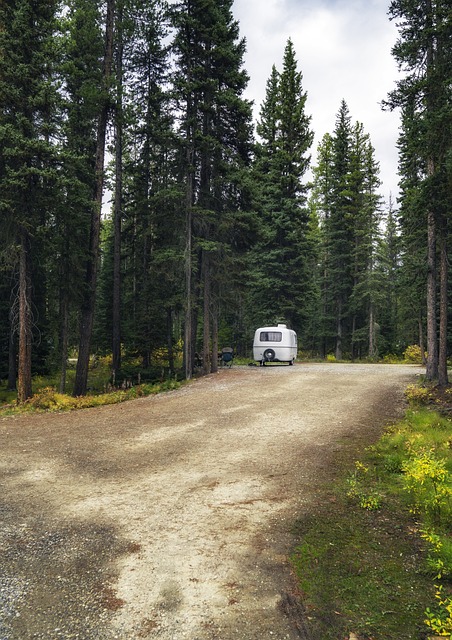National forest locations offer unparalleled primitive camping experiences, rewarding adventurers with tranquility and diverse ecosystems. To find your ideal spot, conduct thorough research focusing on remote areas, abundant wildlife, and scenic trails. Essential packing includes a robust tent, sleeping bags, camp stove, lighting, water purification devices, first-aid kit, durable clothing, and sun protection. Prioritize safety by researching potential risks, staying on designated trails, securing food storage, practicing 'leave no trace', and carrying emergency contact devices.
Embark on an unforgettable journey into the heart of nature with primitive camping—a rustic retreat that reconnects you with the wilderness. For a truly immersive experience, explore breathtaking National Forest locations offering serene solitude and stunning landscapes. This guide equips you to choose the ideal spot, pack essential gear for a comfortable yet authentic adventure, and navigate the wild safely. Discover tips to enhance your connection with nature and create memories that will last a lifetime.
- Choosing the Perfect National Forest Location for Primitive Camping
- Essential Gear and Supplies for a Rustic Adventure
- Tips for Enjoying and Staying Safe in the Wild
Choosing the Perfect National Forest Location for Primitive Camping

When seeking a primitive camping experience, National Forest locations offer unparalleled tranquility and natural beauty. To find the ideal spot, research is key. Look for forests known for their remote areas, diverse ecosystems, and abundant wildlife—these are often prime spots for unperturbed wilderness adventures. Consider factors like accessibility, proximity to scenic trails, and water sources. Online platforms and forest service websites provide valuable insights into available camping areas, regulations, and potential challenges, ensuring a safe and enjoyable trip.
Focus on finding a location that aligns with your desired level of seclusion and adventure. National forests vary in size and terrain, so whether you prefer a secluded backcountry campsite or a more accessible area near recreational trails, there’s a spot to suit every preference. Remember, primitive camping requires preparation and awareness of local guidelines, but the rewards—starlit nights, immersive wildlife encounters, and an escape from modern life—are well worth the effort.
Essential Gear and Supplies for a Rustic Adventure

When embarking on a primitive camping adventure in national forest locations, having the right gear and supplies is paramount for a safe and enjoyable experience. Essential items include a sturdy tent capable of withstanding outdoor elements, as well as comfortable sleeping bags suitable for expected temperatures. A reliable camp stove and cookware are crucial for preparing meals while enjoying the rustic setting. Don’t forget to pack adequate lighting solutions like flashlights or lanterns to navigate through the evenings.
Water filtration devices and plenty of drinking water are indispensable, especially in remote forest areas where access to clean water sources may be limited. Basic first-aid kits tailored for outdoor use ensure you’re prepared for minor injuries or emergencies. Additionally, durable clothing, sturdy footwear, and sun protection gear such as hats and sunscreen will make your adventures more comfortable and enjoyable during all weather conditions.
Tips for Enjoying and Staying Safe in the Wild

When primitive camping in national forest locations, prioritizing safety should always be at the forefront of your preparations. Before setting out, research the area for potential hazards like wildlife activity or rugged terrain. Pack essential survival gear, including a first-aid kit, reliable navigation tools, and adequate lighting for navigating after dark. Stay on designated trails to minimize environmental impact and avoid getting lost.
Respecting nature is key to an enjoyable and safe experience. Be mindful of your surroundings; keep food securely stored to prevent animal attraction and practice ‘leave no trace’ principles by properly disposing of waste. Know how to effectively communicate your location and expected return time with someone back home, and always carry a charged mobile phone or personal locator device for emergencies.
